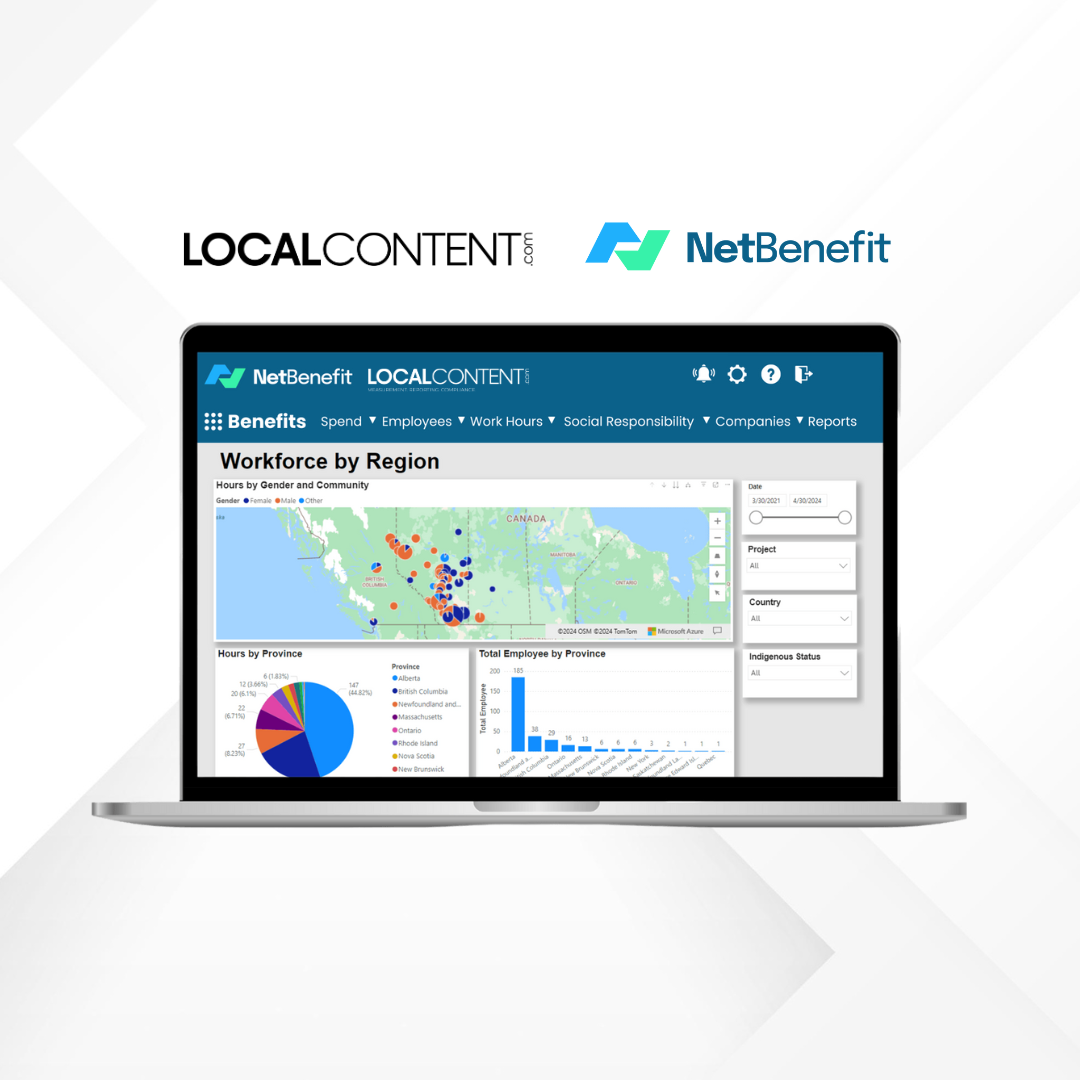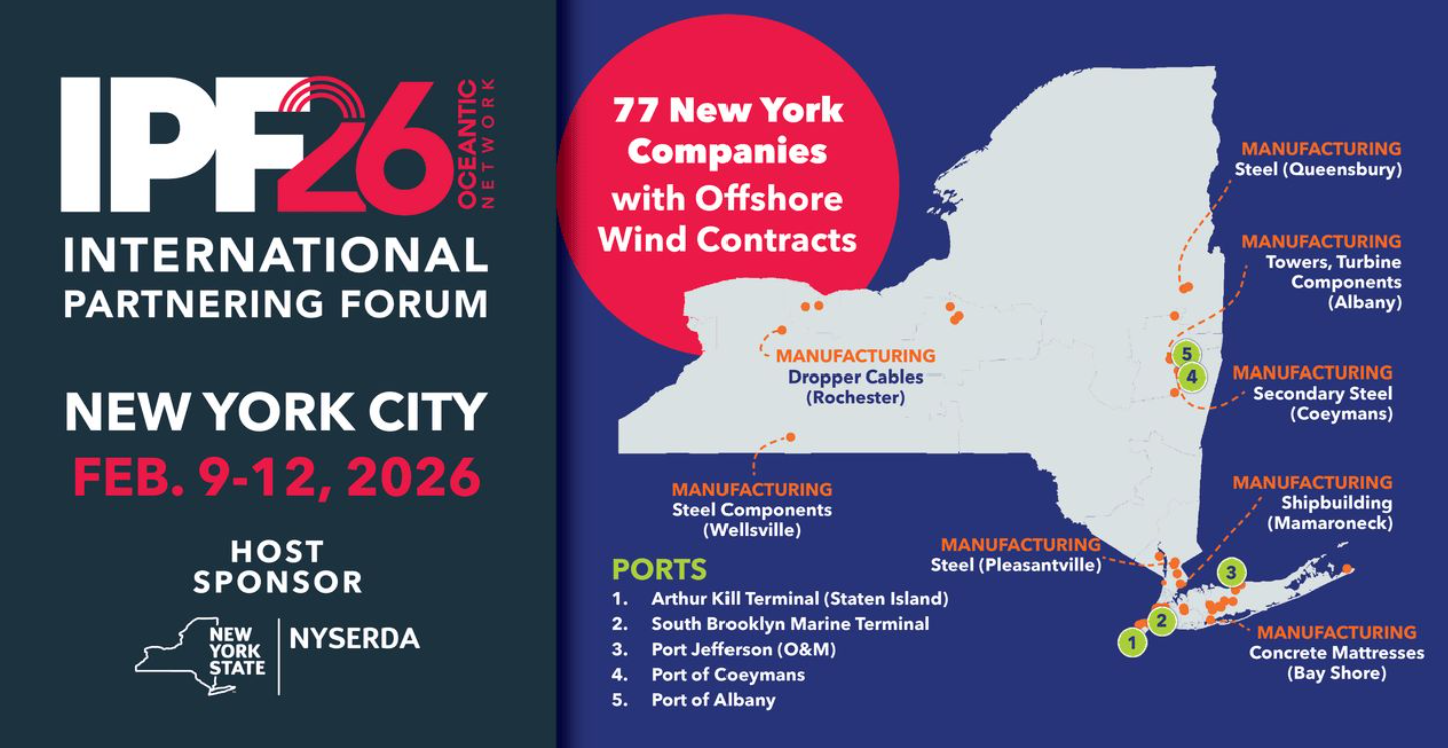In the wake of national, state, and local elections, taxpayer expectations for transparency, economic benefits, and community impact have become more pronounced. Public-private infrastructure projects in sectors like energy, manufacturing, and construction must adapt to these expectations if they hope to secure public support, funding, and incentives. Here are the four essential steps these projects should take to align with taxpayer sentiment:
1. Prioritize Local Economic Benefits and Job Creation
Projects must commit to visible economic development benefits to gain public support and qualify for funding, tax incentives, and operational leases. This includes creating local jobs, sourcing from community businesses, and investing in community development. These commitments meet taxpayer demands and serve as tangible proof of the project’s impact, demonstrating how it contributes to the local economy.
2. Engage with Real-Time Sentiment Analysis Tools
Taxpayer sentiment changes rapidly, and social media, press activity, and online data offer direct insight into public attitudes. By leveraging real-time sentiment analysis tools, projects can stay connected to what taxpayers say, feel, and believe. This enables stakeholders to detect early signs of support or resistance, allowing them to adjust strategies, address concerns, and build community trust.
3. Shape and Manage the Narrative through Public Communication
Projects must actively manage public messaging by tracking press coverage and ensuring that narratives accurately reflect project goals and benefits. By proactively engaging with the media and openly sharing milestones—especially those tied to job creation and economic contributions—projects can build a positive reputation and show commitment to transparency. Clear communication reassures taxpayers that their priorities are being met.
4. Demonstrate Accountability and Adaptability in Response to Public Concerns
To sustain taxpayer support, projects must demonstrate that they’re compliant and responsive to community concerns. Monitoring digital and online engagement data allows stakeholders to identify shifts in public perception and adapt accordingly. Showing accountability can transform taxpayers into advocates through public forums, community updates, or digital engagement.
In today’s connected world, aligning with taxpayer sentiment is essential for securing funding, reducing opposition, and achieving long-term success. Public-private projects can build stronger community ties and achieve lasting impact in line with taxpayer priorities by focusing on local benefits, engaging with real-time sentiment, managing public messaging, and showing adaptability.
###
Learn more about Local Content Insights










